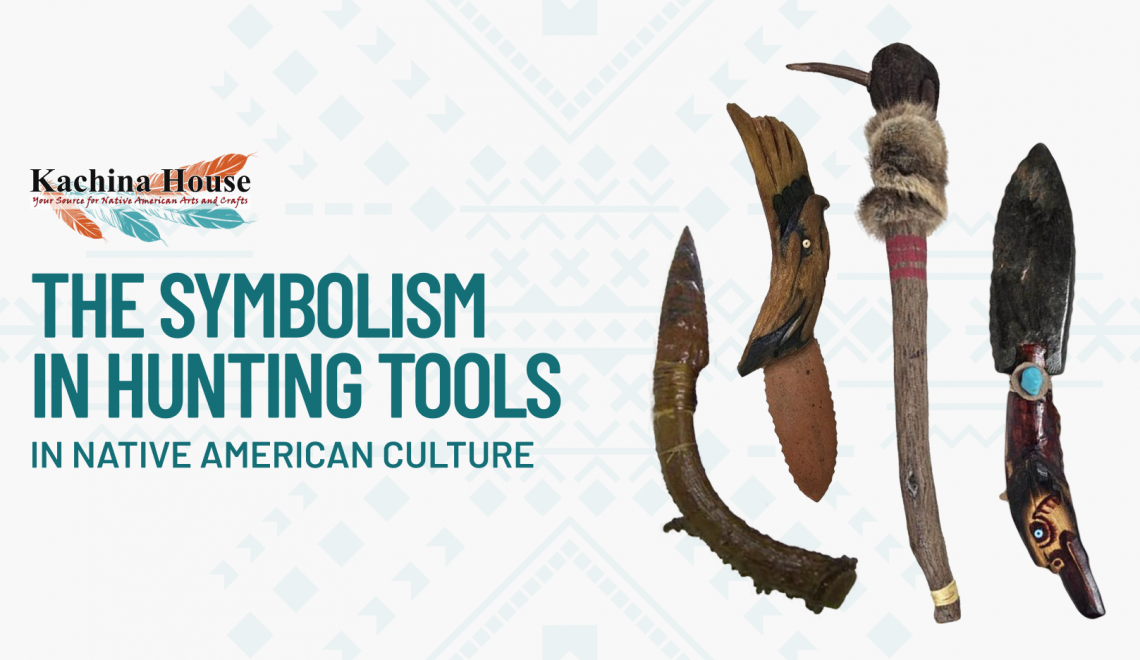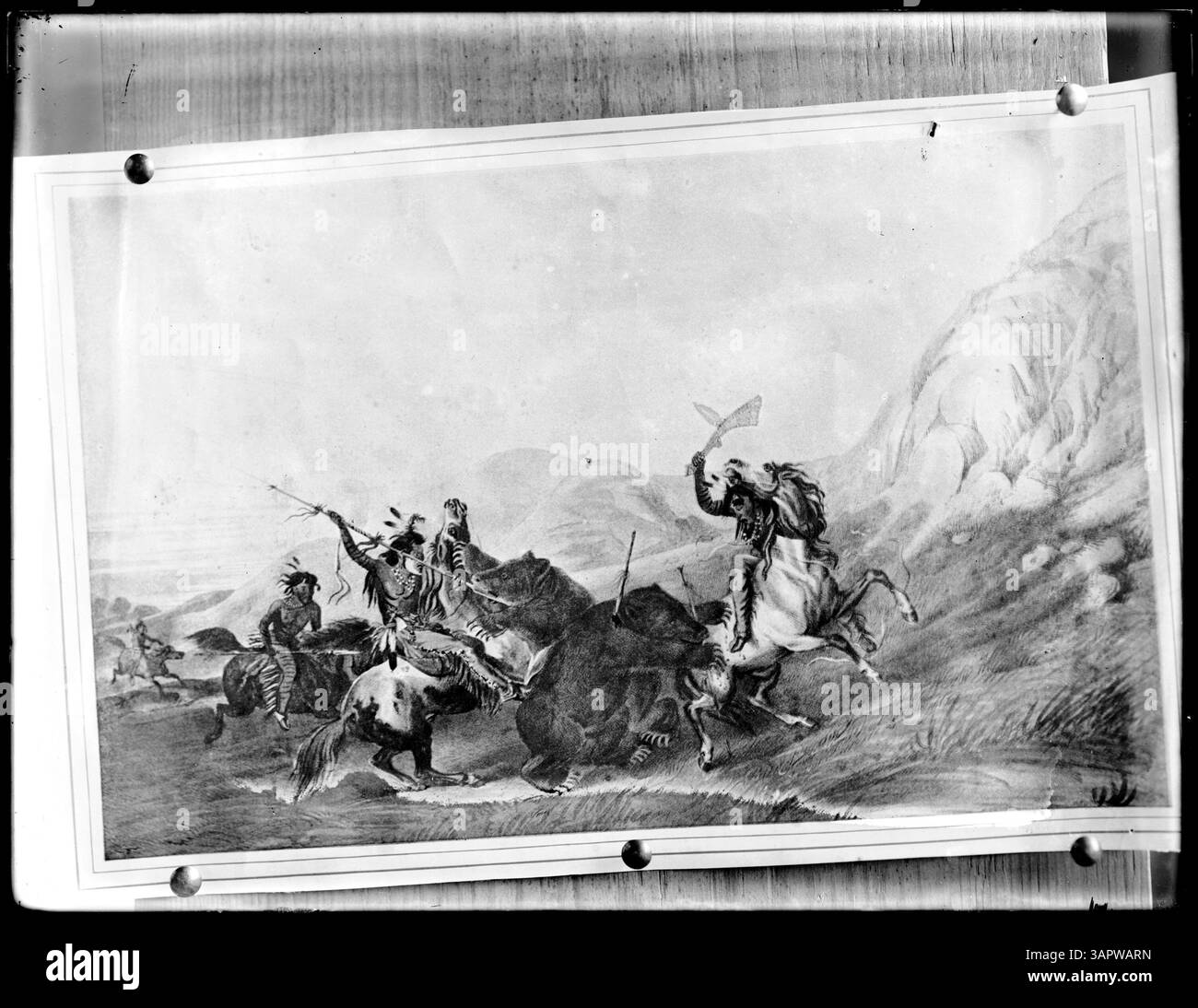
Beyond the Kill: Native American Tribal Hunting Protocols – Ethical Practices and Spiritual Preparation
For millennia, hunting among Native American tribes has transcended mere subsistence; it has been a profound, intricate dance between human and nature, guided by a sacred covenant of respect, reciprocity, and spiritual reverence. Far from a mere act of resource extraction, the tribal hunting protocol embodies a holistic worldview where every animal taken is a gift, every hunt a ceremony, and every hunter a steward of the land. This journalistic exploration delves into the deep ethical practices and rigorous spiritual preparations that define Native American tribal hunting, revealing a wisdom that holds enduring lessons for modern society.
At its core, the Native American approach to hunting is predicated on the understanding that all living things are interconnected, encapsulated by the Lakota phrase "Mitakuye Oyasin" – "All My Relations." This philosophy extends to the prey animal, which is seen not as a lesser being, but as a relative, a spiritual entity offering its life for the sustenance of the people. This fundamental paradigm shift from viewing animals as commodities to recognizing them as sentient beings with their own spirits underpins every aspect of tribal hunting.
Ethical Practices: A Blueprint for Sustainability and Respect
The ethical framework of Native American hunting is a testament to sustainable living, developed over thousands of years through intimate observation and intergenerational wisdom. These practices ensured the long-term health of animal populations and the ecosystems they inhabited, long before the advent of modern conservation science.
One primary ethical directive is taking only what is needed. Overharvesting was strictly forbidden. Hunters were taught to assess the needs of their community, not their individual desires. This meant understanding animal migration patterns, breeding cycles, and population dynamics with an acuity that few outside these traditions possess today. For instance, Plains tribes understood the vast herds of bison not as an endless resource, but as a living entity that required careful management, often moving camps to allow herds to recover and avoid stressing specific grazing areas.

Respect for the animal permeates every stage of the hunt. This begins with the intention: the hunter approaches the animal not with aggression, but with humility and gratitude. The kill itself is performed with the utmost care to minimize suffering. A clean, swift kill is paramount, reflecting respect for the animal’s spirit. Post-kill, the respect continues. The animal is handled with dignity; its body is not left to waste.
Indeed, utilization of every part of the animal is a hallmark of Native American hunting ethics. From the meat that provides sustenance, to the hide that offers warmth and shelter, the bones for tools, sinew for cordage, and even internal organs for various purposes, nothing is discarded without thought. This comprehensive use reflects a deep gratitude for the animal’s sacrifice and ensures maximum benefit from the life taken. As a respected elder once articulated, "When you take an animal, you take a life. You honor that life by using every part, by letting nothing go to waste. That is how you show your gratitude, that is how you show your respect." This practice is a powerful counterpoint to modern industrial hunting, where often only select cuts of meat are taken, and much of the animal is discarded.
Reciprocity and Stewardship are also integral. The act of hunting is often seen as a reciprocal exchange. Just as the animal gives its life, the hunter gives back to the land and the spirit world. This can manifest in offerings of tobacco, cornmeal, or specific prayers left at the site of the kill or during ceremonies. These offerings are not meant to appease, but to acknowledge the sacred balance, to express gratitude, and to reinforce the covenant between humans and the natural world. Hunters were also stewards, actively participating in practices that maintained healthy ecosystems, understanding that their own well-being was inextricably linked to the health of the land and its creatures.
Spiritual Preparation: Aligning Body, Mind, and Spirit
Before a single arrow is notched or a trap is set, the Native American hunter undergoes rigorous spiritual preparation. This process is far more profound than simply sharpening tools or scouting terrain; it is about purifying the self, aligning one’s spirit with the natural world, and seeking permission and guidance from the spirit of the animal and the Creator.
Pre-hunt rituals often involve periods of fasting, prayer, and meditation. Fasting cleanses the body and sharpens the mind, enhancing focus and spiritual receptivity. Prayers are offered to the Creator, to the animal spirits, and to the land itself, asking for a successful hunt, for safety, and for the animal to offer itself willingly. These prayers are imbued with humility, recognizing that the hunter is a participant in a larger, sacred order, not a conqueror.
Purification ceremonies are also common. The sweat lodge (Inipi in Lakota), for example, is a powerful ritual of physical and spiritual cleansing, used to purify the body and mind, shed negative thoughts, and prepare the hunter for a sacred undertaking. Smudging with sacred herbs like sage, sweetgrass, or cedar is another common practice, cleansing the aura and inviting positive energy and clear intention.
During these preparatory stages, the hunter seeks vision and guidance. Through dreams, meditation, or quiet contemplation in nature, they might receive insights into where to hunt, which animal to pursue, or even how to approach it. This deep intuitive connection is cultivated over a lifetime of respectful interaction with the environment. The hunt, therefore, becomes less about brute force and more about a harmonious dance of intuition, respect, and spiritual connection.
As the hunt commences, the spiritual preparation continues. Hunters often carry sacred objects – a medicine bag, a specific feather, or a charm – that connect them to their ancestors, their spiritual guides, and the protective powers of the natural world. Every step is taken with mindfulness, every observation made with keen awareness, and every action imbued with respectful intention. The hunter does not simply stalk an animal; they enter into a communion with it, listening, observing, and understanding its spirit.

Post-hunt ceremonies are equally vital. Once an animal has been taken, a prayer of gratitude is offered immediately. This is a heartfelt thanks to the animal for its sacrifice, acknowledging the life given to sustain the community. Often, a small portion of tobacco or cornmeal is placed in the animal’s mouth or near its body as a final offering. Back in the community, the meat is often shared widely, reinforcing communal bonds and ensuring that the gift of the animal benefits everyone. Specific ceremonies may be held to honor the animal’s spirit, ensuring its journey to the spirit world is respected and that the cycle of life and death remains in balance.
Historical Resilience and Contemporary Relevance
These intricate protocols were not merely quaint customs; they were essential for survival, forging a profound relationship between Native peoples and their ancestral lands. The destruction of these practices through colonization, forced relocation, and the decimation of game populations (like the near-extinction of the bison) had devastating consequences, not just for physical sustenance but for cultural identity and spiritual well-being.
Despite these immense challenges, many Native American tribes today are actively revitalizing and preserving their traditional hunting protocols. This resurgence is a testament to the resilience of Indigenous cultures and a recognition of the enduring wisdom embedded within these practices. It involves teaching younger generations the ancient ways, often blending traditional knowledge with modern ecological understanding. Navigating contemporary state and federal hunting regulations while upholding treaty rights and traditional practices presents unique challenges, but tribes are committed to ensuring these sacred ways continue.
The Native American tribal hunting protocols offer invaluable lessons for the modern world. In an era marked by environmental degradation, unsustainable resource consumption, and a growing disconnect from the natural world, these practices provide a powerful blueprint for ethical engagement with our environment. They teach us gratitude, humility, respect for all life, and the profound importance of living in reciprocal balance with the Earth. Beyond the physical act of hunting, they reveal a holistic worldview where spiritual reverence and practical sustainability are inextricably linked, reminding us that true stewardship begins with understanding our place within the grand tapestry of "All My Relations."


